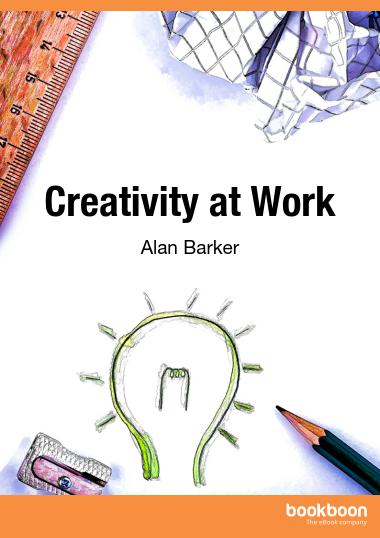How to Be More Innovative and Creative at Work

What does it mean to be creative? Creative people are able to perceive the world in a different way and to uncover what was previously hidden. They’re willing to take risks and go through discomfort in order to turn innovative and improving ideas into reality. But how are you going to become this kind of person? This article will help you to implement more creativity in your workplace.
1. Inner motivation
The first, and perhaps the most important creative competency, is inner motivation. In creative mode, we ignore pay cheques or qualifications. We’re driven by the challenge of
the work itself: by intrinsic enjoyment and satisfaction of creating. There’s a paradox here. Creating must have a purpose; yet it is its own justification. We create out of a desire to see the creation brought into existence. Operational thinking relies on external motivators: improving a process in order to reduce defects; redesigning a system in order to cut costs; and so on. Creative thinking, in contrast, is driven by an intrinsic desire to create.
Words like emotion, love or passion often surface when creative people talk about their work. Creativity comes from a strong inner drive, a personal commitment that arises from
an overwhelming inner need.
Inner motivation: the questions to ask
- What makes you curious? What makes you ask ‘Why?’?
- What’s really important to you? What’s at stake?
- Where should you be focusing your thinking?
- Where’s the real need?
- Can you make things urgent for yourself? Can you set yourself deadlines or targets?
- What’s dissatisfying you? What’s irritating you?
- What’s good about your idea?
- How persistent are you? What would help to keep you going?
- What excuses are you making for not starting?
- Where are the opportunities?
2. Looking for opportunities
Creatively competent people are good at spotting the opportunities to be creative. In fact, they spend time seeking them out. Such opportunities can be many and various. You might suddenly spot a niche in the market: the chance to create a new product or service that meets (or even creates) a new customer need. You might take a long time investigating a problem before deciding which path to pursue: the more options available to you, the greater your creative power. Creativity is as much about looking for problems as solving them. The creative approach involves asking lots of questions. Creative scientists, for example, will ask the questions that nobody else has thought to ask; they know that good questions lead to interesting
discoveries. By asking a good question, you might be able to see the current boundaries of your thinking – and break through them.
Looking for opportunities: the questions to ask
- Where’s the main chance to do something new?
- Which problem should you be solving?
- Are you overlooking an important issue?
- What other problems relate to this problem?
- Where are the problems hidden below the surface?
- Where else could you go to look for problems?
- How could you slow down and look around more?
- What ‘shoulds’ are getting in the way of your thinking?
- What rules could you challenge?
- What if…?




